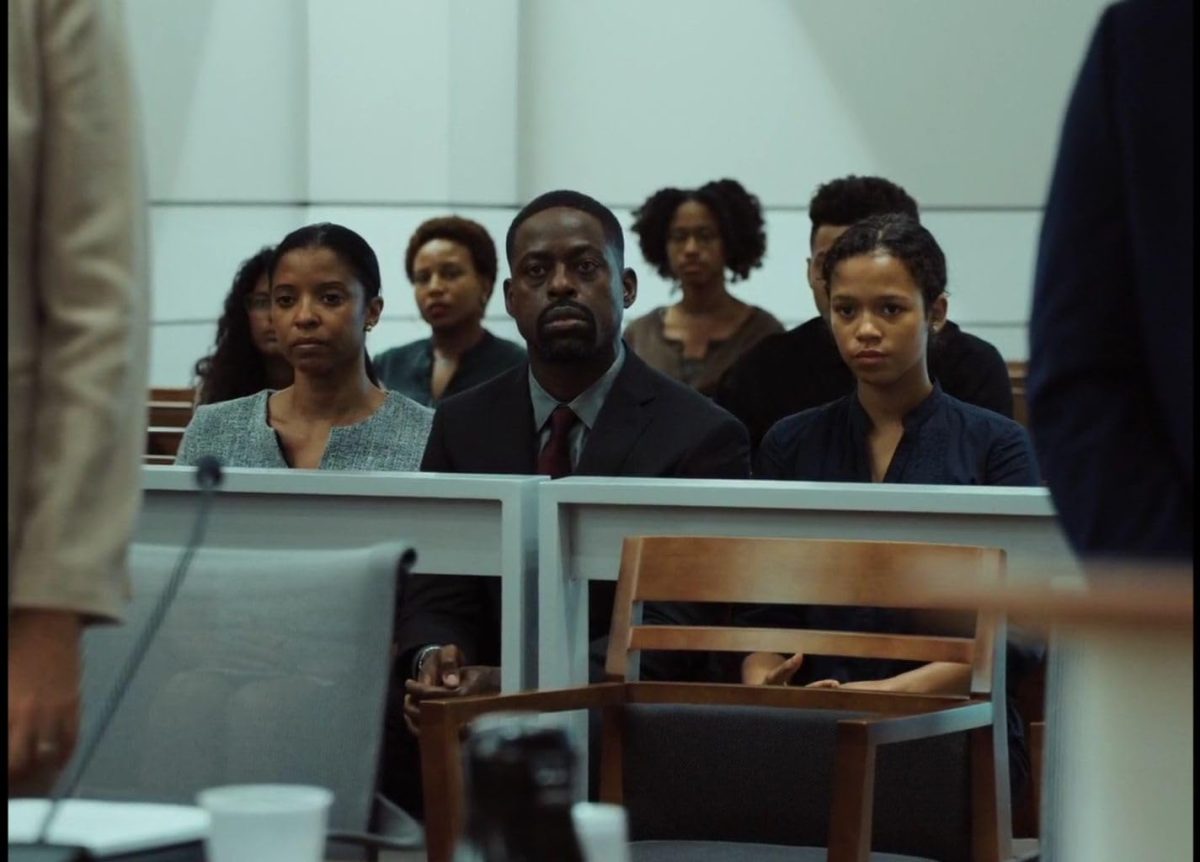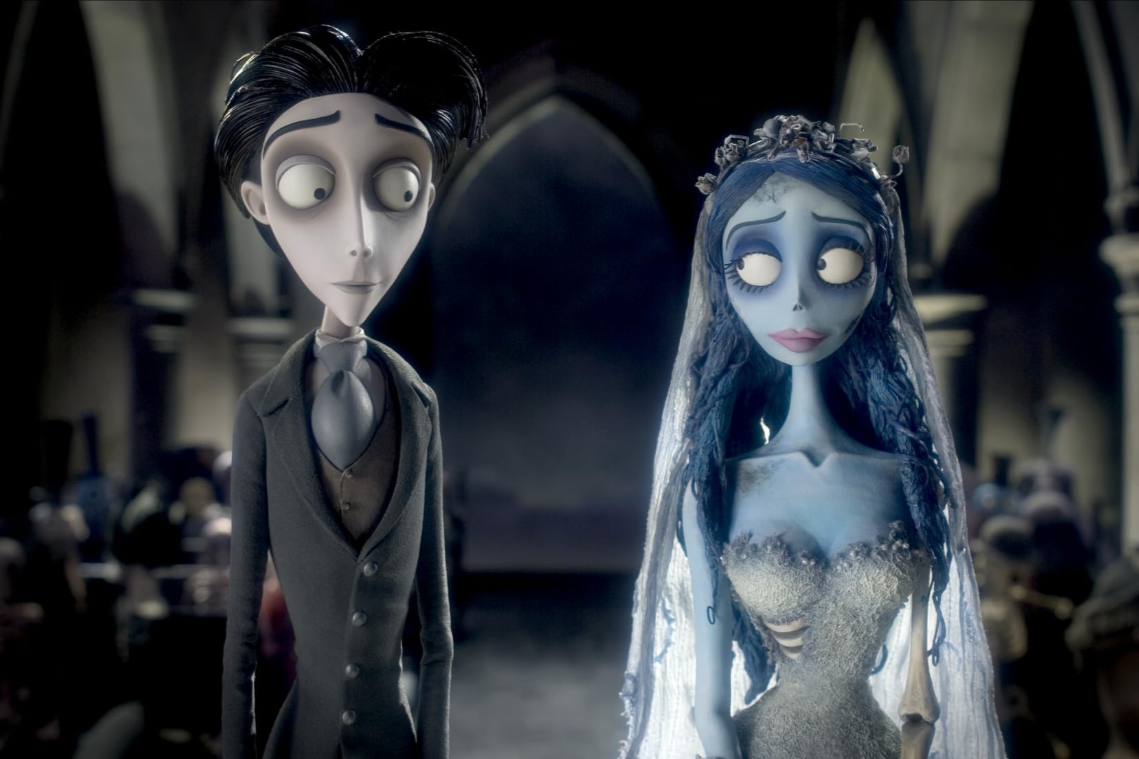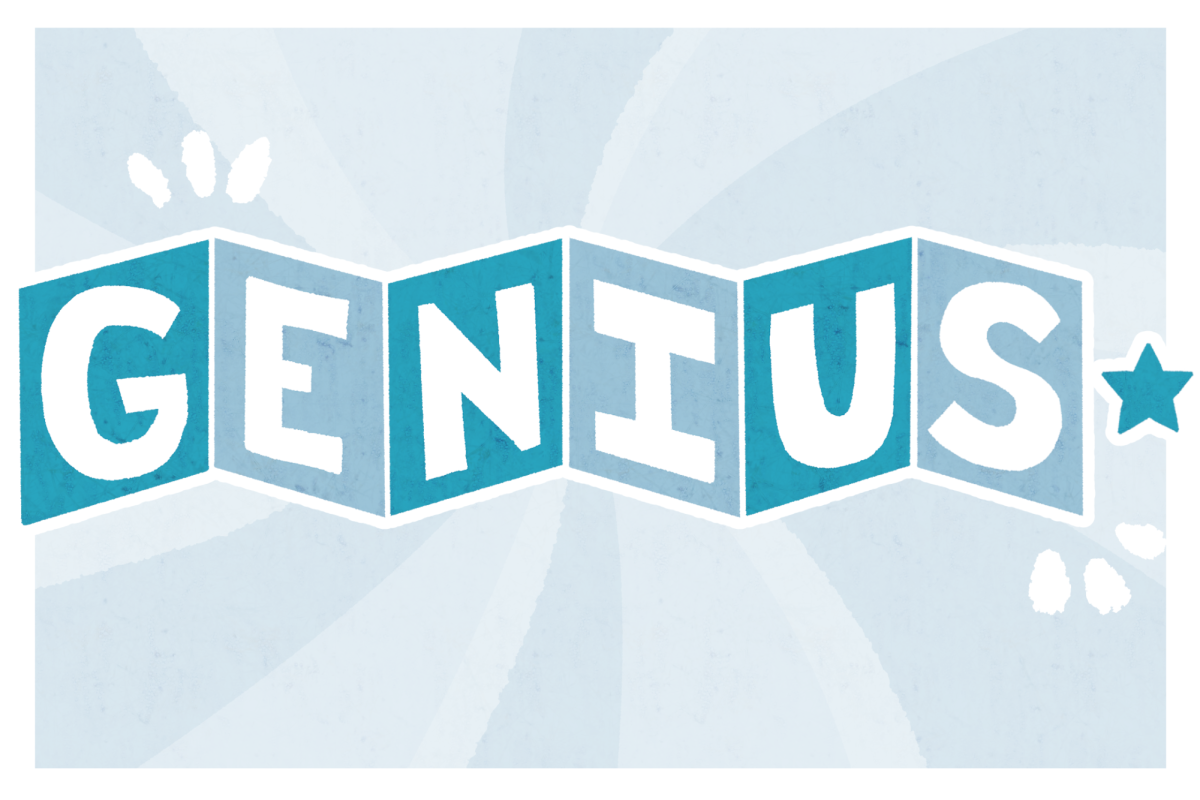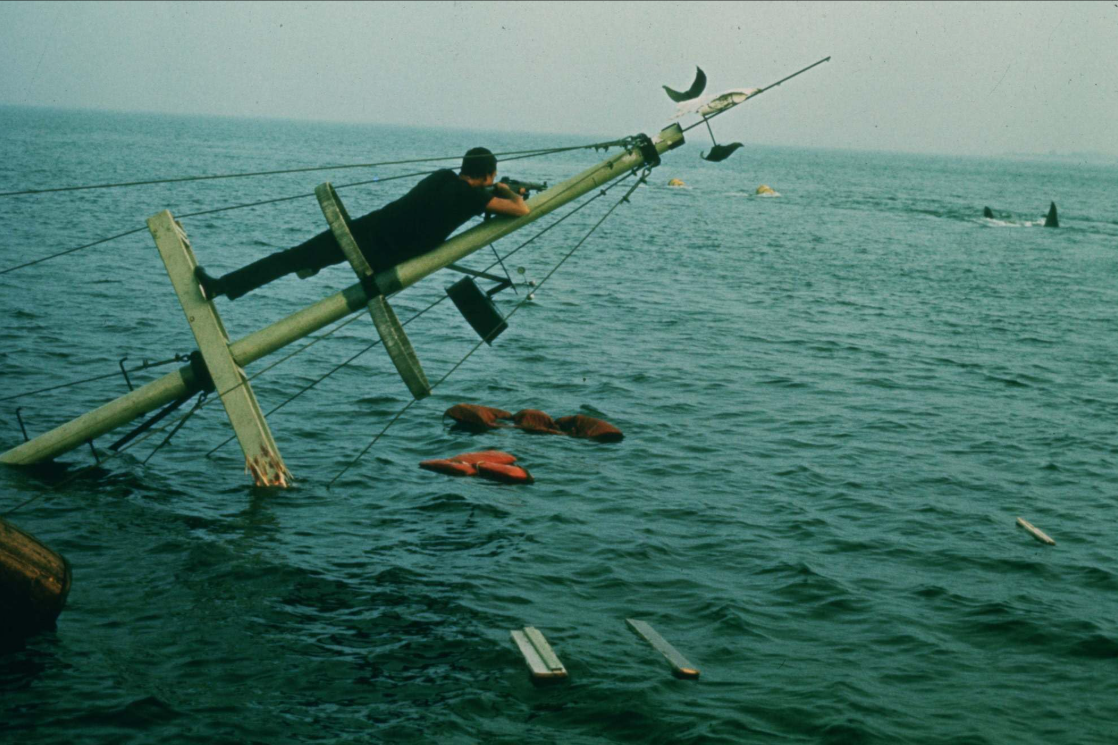Trey Edward Shults released “Waves” in 2019 — a poignant film about tragedy, pain and forgiveness reflected against mesmerizing cinematography and a powerful soundtrack.
“Waves” is cut into two distinct halves. The first is unforgivingly harsh and focuses on Florida teen Tyler (Kelvin Harrison Jr.), a popular student and accomplished high school wrestler with endless potential. The second half shifts to a gentler, more patient tone and follows his younger sister, Emily (Taylor Russell), as she navigates love and grief.
The first 30 minutes of “Waves” consist of car rides with the windows down, wrestling matches and glamorous high school parties — depicting an overwhelming joy that’s as beautiful as it is short-lived.
Cinematographer Drew Daniels displays Tyler’s world in sharp colors: the warm pink of the sky, the deep blue of waves crashing into the shoreline and the vibrant green of the Florida trees.
Even the soundtrack reflects his seemingly perfect life — the dreamy, psychedelic sounds of Tame Impala and Animal Collective create a brilliantly alluring world that’s disorienting and strangely immersive.
Get The Daily Illini in your inbox!
Tyler is the oldest son of a successful Black family and a hard-working golden child. He’s surrounded by people who love him: his beautiful girlfriend Alexis (Alexa Demie), his gentle stepmom Catherine (Renée Elise Goldsberry) and his withdrawn but sweet sister Emily.
The most noticeably turbulent relationship Tyler has is with his father, Ronald (Sterling K. Brown). Though he has good intentions and a foundation built on love, Ronald is overbearing and demanding, with dangerously high expectations that prove detrimental to Tyler’s well-being.
The way that Shults portrays the complexities of relationships within the film is subtle but undeniably significant. The tense portrayal of Tyler’s relationship with his father is one of the first signs of tension throughout the film.
The joy of the beginning of “Waves” gradually turns darker as the bright, warm colors shift into sharp reds and oranges that reflect Tyler’s volatility. Underlying his confidence is a deep instability that spirals throughout the film’s first half, creating a tense and unrelentingly somber atmosphere.
After discovering he has a severe shoulder injury that could end his senior wrestling year and his goal to go to state, Tyler’s fragility begins to surface. Hints of his shoulder problems appear throughout the film — subtle grimaces, a bottle of pain pills, mentions of seeing a doctor — but it’s not until he injures it further during a wrestling match that his rapid decline begins.
The light, airy beats of Tame Impala give way to the darker, more ominous sounds of Tyler, The Creator and Kanye West. This stark contrast shifts the mood into something foreboding as Shults skillfully tightens the aspect ratio, creating an almost claustrophobic effect that amplifies the unease.
Tyler is a fully realized character, a manifestation of misguided choices and lingering regrets. Harrison brings undeniable depth and emotion to the role — with each line he delivers, the audience is forced to reconcile with their own mistakes.
He’s more than just a character on screen. He’s a complex representation of toxic masculinity and the built-up anger that accumulates from suppressed emotions. The devastating final scene only serves to emphasize this.
Tyler ends his half of the film in a self-destructive episode fueled by alcohol and pain pills, damaging his relationships with his loved ones and upending the lives of everyone around him.
In the first part of “Waves,” tragedy, heartache and harshness are meant to overwhelm the audience and leave them feeling the weight of each moment. Only in the second half does the film offer the space to breathe, filled with grace and forgiveness that the first half withheld.
The focus is on Emily, who was largely overlooked during Tyler’s narrative, as she rebuilds her life in the aftermath of tragedy. Though Tyler’s presence disquietly lingers throughout the rest of the film, it’s not about him anymore. Shults made it clear that there was more than one story to tell, and though Tyler’s was the most dramatic, Emily’s is the most impactful.
Her story unfurls in slow, patient waves, holding the promise that forgiveness is within reach. It’s meant to heal the part of the viewer that was destroyed in the first half, gently putting back the pieces and turning them into something beautiful.
Shults creates a linear story different from those in most films, with two narratives that are completely different but tie together perfectly. The overbearing tension of the first hour is replaced by the withdrawn warmth of the latter half. It’s quiet and merciful — it doesn’t need the drama of the earlier scenes to convey the depth of its emotion.
Throughout the film, Shults invites the viewer to bask in the emotions of the film and recognize life’s fragility. Despite much of “Waves” being consumed by grief, there is still a quiet and persistent hope for a path forward, even in the worst circumstances.
Five years after its release, “Waves” continues to serve as a gentle reminder that there is beauty within sadness, joy within pain and always the promise of a new day.










